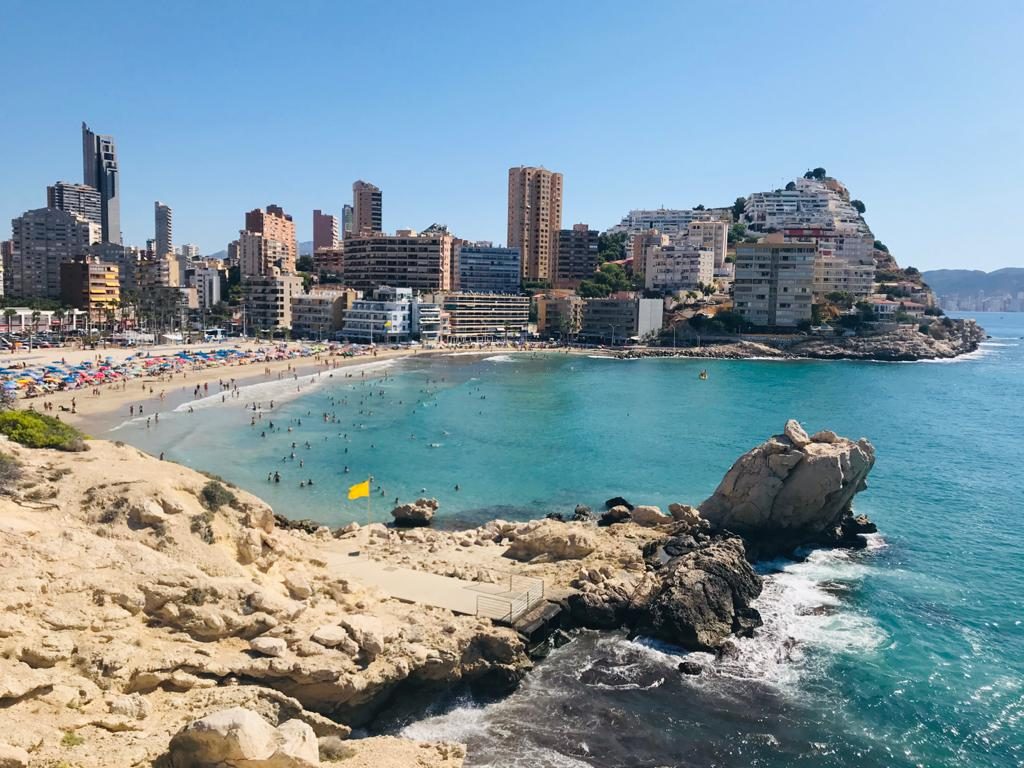
The first constructions of popular architecture in Puig Campana began in the Neolithic
The first constructions of popular architecture in Puig Campana began in the Neolithic
Manuel Mayor, El Beato, tells on this occasion how the first constructions began to be built on Puig Campana. It is called popular architecture and was made of dry stone since the Neolithic, when human beings went from being nomadic to sedentary. Undoubtedly, terraces are the form that most characterises farmland in this municipality in particular and in the province of Alicante in general, and it allowed land on a rainfed slope to be transformed into agricultural areas. On November 28, 2018, UNESCO declared dry stone an Intangible Cultural Heritage of Humanity
Did you know???
Popular architecture in Puig Campana appeared with the Neolithic. They were constructions with dry stone that evolved over the centuries in the so-called terrace, that is, in the creation of balconies to turn the slopes into agricultural areas. It is not very well known what its origin was, but it is known that the Arabs and, later, the first Christian settlers, after the Reconquest, promoted its creation.
Population growth, which occurred between the eighteenth and twentieth centuries, coincided with a period of expansion of farmland to cover food needs, especially during the post-war years. Currently, these lands are abandoned, although they still preserve the stone margins made by the residents of Finestrat.
The stone was extracted from the environment that was cleaned to make it suitable for cultivation. To facilitate access from one terrace to another, earth ramps were made, so that pack animals could pass. The passage of people from one plot to another could be done through stairs built on the margin itself. To do this, they used large flattened and fitted stones, which came out a hand's breadth from the margin wall.
The stone was transported by the farmers themselves with baskets, with cavalry animals and even with their hands if necessary. They were broken, retouched and shod with a mace (maça), that is, a hammer that had one flat face and the other with a point (picola), a chisel (cisell)... On many occasions the edges were picked up with the hands and not retouched, being placed directly on the margins.
The constructions consisted of placing stone on stone, they were piled up, without using any other material for the union, except sometimes dry land: "Tota pedra fa paret", it was said. The joints were filled with stone wedges, rubble (falca), which they embedded with the hammer.
The margins, to enable crop fields, avoided erosive processes: runoff, landslide or accumulations of water, since they allowed good drainage, since they are permeable. In addition to creating terraces or delimiting plots, they also constitute ecosystems for many animals such as insects, amphibians, reptiles, small mammals and birds, as well as for plant species such as ferns, lichens and molsas, among others.
Usually, it was the farmers or shepherds themselves who were in charge of making constructions with dry stone. They built shelters to shelter from inclement weather, such as rain, snow or wind; walls of corrals to give shelter to livestock; roads where you can circulate; cisterns to store water and wells to deposit snow and turn it into ice, among others.
The trade of margener was vocational and artisanal, of family tradition. There was the figure of the master margener who could have groups of operators, generally made up of two or three people. Nowadays there are few workers who know the dry stone technique. The lack of young margeners could be partly solved with occupational workshops or training courses.













There are no comments